When it comes to divorce and children the impact of such a life-altering event on children’s emotional well-being is profound, requiring careful consideration and deliberate actions from parents. So we should talk about things to consider when divorcing with a child involved in order to ensure stability and certainty for children during and after this transition.

DIVORCE AND KIDS
This suggests that you need to explore some pivotal considerations and take advantage of this practical guidance to assist you in making decisions based on the right information that will result in you prioritizing your children’s emotional needs and ensuring stability for them during this transitional period.
We can dive in!
Hi, I’m Jovana, a Clinical Social Worker. Everything I share is based on years of formal education, research, and practical experience working with a justice system supporting parents and children go through the divorce process feeling safe and secure – even when family dynamics change – making confident decisions pre, during, and post divorce.
DIVORCE AND CHILDREN: THINGS TO CONSIDER WHEN DIVORCING WITH A CHILD

WHO “GETS” THE CHILD AFTER A DIVORCE / WHO “KEEPS” THE CHILD AFTER DIVORCE (CHILD CUSTODY AFTER DIVORCE)
Both mothers and fathers are entitled to exercise parental rights and are equal in the exercise of parental rights and parental responsibilities. And theoretically speaking, this also applies in the case of divorce, which means that neither fathers nor mothers are privileged in this process, and both can take care of the child after separation and divorce.
I say theoretically because the assessment will take into account:
- whether there is an agreement between parents related to exercising parental rights and parental duties after the divorce,
- the history of parenting,
- parental responsibility,
- parenting capacity
- child rearing,
- support,
- parenting style,
- mental and psychological stability of the parent in the context of its impact on parenting capacity, and more.
This means that many different (relevant) factors will be considered during the divorce process and its legal and administrative proceedings in order to meet the standard of child well-being. Especially in the context of the best interest of the child, which is a leading concept and one of the four guiding principles in all encounters with children. (These principles can be found in the UN Convention on the Rights of Children from 1989.)
These factors have to be carefully taken into consideration and assessed in order to achieve alignment with the concept and principle of the best interest of the child.
Some of them are:
- Parenting capacity (stability, basic care, emotional warmth and responsiveness, stimulation, guidance and boundaries, and ensuring safety)
- Attachment between the parent and the child
- Child safety in the context of the relationships with the child’s parents
- Capacity and willingness of parents to support the continuity of contacts between the child and the parent who doesn’t live with the child and their relatives
- A child’s views and wants
- Parent’s physical and mental health in the context of its influence on parenting capacity and skills
- Child’s role and position in the community (school, peers, extracurricular activities, and activities at home), etc.
Speaking of aligning with the principle of the best interest of the child in the context of legal separation and divorce, one of your responsibilities as a parent is securing that your child has a sense of control and predictability during this transition. To help you with this, I’m delivering a FREE 3-day mini crash course 5 Steps To Ensure Your Child Feels Safe And Protected During A DIVORCE . Get it to support them with adjusting now so that they can thrive later. Click below to sign up:
5 STEPS To Ensure Your Child Feels Safe During A DIVORCE (adjusting now to thrive later)
Related post: DIVORCE: WHAT IF A CHILD PREFERS ONE PARENT (HOW TO RESPOND).
DIVORCE AND CHILD: LIVING ARRANGEMENTS
Living arrangements after separation and divorce are in practice often dependent on whether the parents have made an agreement on the joint exercise of decision-making responsibility (joint custody) after divorce or whether this will occur independently (in the case of sole custody). Often times the parent with sole decion-making responsibility is the one with whom the child lives while seeing the other, but legally it’s possible that a child lives with both parents while only one holds the decision-making responsibility. When circumstances support joint custody, it’s possible to choose between legal joint custody and physical, actual joint custody.
In the first option, legal joint custody, parents live separately where the child stays with one of them physically, but parents decide on all questions related to child rearing, raising, and parenting together.
The difference between legal joint custody and sole custody lies in the independent decision-making of the parent who holds sole custody.
However, in this type of custody, the parent who doesn’t hold sole custody decides together with the sole custody holder on important matters that impact the child’s life significantly:
- Child’s education
- Major medical procedures
- Disposal of a child’s assets of greater value
- Change of residence of the child.
The exception to this rule applies when children have reached the age at which they can (legally) decide for themselves about these matters, and this is usually around 14, 15, 16 years of age, depending on the legislation. If they’re below this age boundary, they need to be enabled to participate in the decision-making about these matters according to their age, maturity, and evolving capacity to take part.
In the case of physical, actual joint custody, parenting is pretty similar to the parenting that existed while they were still living together. So here, parents take care of the child together, but the child lives with both parents who live separately, which may mean that the child has two homes. However, in this case, it’s also mandatory to define the child’s residence.
There are certain conditions that need to be met for this custody to be applied in order to achieve compliance with the standard of the best interest of the child, such as:
- physical proximity of the two homes
- making sure that the child doesn’t need to change schools in order to fit into this arrangement
- enabling the child to remain in their social circle/environment
- ensuring that the living arrangement isn’t going to expose the child to exhaustion.
Read the full posts that covers living arrangements after a divorce here.
POST DIVORCE CHILD “VISITATION” STANDARD (DIVORCE: CHILD “VISITATION” SCHEDULES)
When discussing contact between parents and children after divorce, it’s essential to move beyond the idea of “visitation.” The focus should be on maintaining a continuous relationship, as no one should control or limit contact unless there’s a legitimate safety issue, which would require a court order.
Creating a contact schedule is best done through open communication and cooperation between both parents. Consider the guidelines of the experts on child development, but know that no other person or party will be able to suggest or create a better plan than you and your child’s other parent can. This is true if you’re able to establish and maintain good cooperation and communication with the other parent and if you’re conscious enough of the child’s best interests.
Here are some general guidelines:
- Infants (under 1 year): Short, frequent contact to help maintain bonding.
- Young children (1–3 years): Frequent contact with parents and other close people in their lives.
- School-age children (6–12): Quality of contact is key. Technology can help maintain connection when in-person contact is less frequent.
- Adolescents (10/12–19): They may require less frequent contact as they focus more on their peers and become more independent.
Regardless of age, establishing routines and respecting each other’s time ensures consistency and stability.
Be open to flexibility in the schedule, and understand that sometimes the child’s social priorities may not include parents. Regular, open communication with your child can help address any concerns about maintaining meaningful connections.
If you need more details concerning guidelines on post divorce contacts between parents and children based on age of a child, read my post: POST-DIVORCE CONTACT SCHEDULE FOR MAINTAINING STRONG PARENT-CHILD RELATIONSHIPS.
DISADVANTAGES OF DIVORCE FOR A CHILD
When it comes to disadvantages of divorce that affect the child we should mention that:
- Many divorces are followed by parental conflicts resulting from the divorce itself, but also violence and abuse
- Some divorces involve child or parental alienation,
- Divorce is a very stressful period for both parents and kids and may affect them in many ways,
- Parenting capacity weakens during this time,
- Many kids have trouble adjusting to divorce and may have different emotional/socio-emotional, psychological, behavioral, and mental health challenges or problems.
However, know that how the child will respond will depend on many different factors and circumstances, such as:
- child’s age and maturity
- child’s resilience
- family cohesion and parental cooperation, or lack thereof
- parenting capacity, skills, and their overall well-being (especially if it affects parenting capacity)
- how the divorce is handled
- availability of parents
- availability of support for parents going through this transition (both formal and informal support)
- family dynamics
- material and socio-economic status and position (keep in mind that this is just a risk factor and not an indicator), and more.
Kids who may experience the most problems during the divorce are those who:
- experience alienation and loyalty conflict
- are targeted during the divorce by parents either by being used as a weapon against the other parent during the conflict or are in the middle of this conflict as they are treated as possessions the parents are fighting over
- are devoid of any (meaningful) contact with their parents (usually one of their parents, but some may be left without any)
- have a parent or parents who are having different mental, psychological, or emotional problems that affect the whole dynamic and circumstances
- didn’t have enough information about the circumstances of the divorce and are left to wonder about how things went on, or have been deceived about the conditions of this divorce.
Still, not all kids will be victims of these risk factors, because risk factors are always followed by protective factors. This means that different combinations of both of these types of factors will lead to different outcomes.
However, keep in mind that these 5 conditions I numbered above expose the child to excessive pressure, risk, stress, danger, and harm, which means that you need to put your child’s needs first and address them if some or more of these things are present in your situation.
While we’re on the topic of risk and security for the child, take a moment to get my FREE 3-day mini crash course 5 Steps To Ensure Your Child Feels Safe And Protected During A DIVORCE. Support them with adjusting now to enable them to thrive later. Sign up below:
IS DIVORCE CHILDHOOD TRAUMA?
Divorce isn’t childhood trauma by itself unless the way that the divorce is handled “creates the space” for trauma response.
This may happen if the parties involved do not follow the standard of a child’s best interest, aren’t responsive to the child’s needs, and are violating the rights of children and their human rights.
This doesn’t mean perfectly responsive; it means responsive enough.
By child’s needs here, I mean the needs of children that are going through this life event and transition and the needs of children in general.
There are many moving parts here, but this shouldn’t paralyze you and leave you with the conviction that you need to be perfect and impeccable. Keep in mind that children are resilient, but you have to:
- create conditions in which they’ll feel that they’re in control,
- provide predictability for them at this time,
- create routines as opposed to chaos and uncertainty
- pay attention to their emotional needs,
- enable uninterrupted contacts and communication with you and their other parent (together with other important people in a child’s life) (unless there’s a safety threat but this must be permitted by court),
- address their fears, concerns, and burning questions (If you do not have all the answers, just say that you’ll come back to them as soon as you do and share what you do know.)
- be there for them at all times (not necessarily physically; this is about presence)
- let them have their views, opinions, experiences, and emotions at this time that don’t have to match yours
- be mindful of the fact that you may have a tendency to project your emotions and needs onto them or expect them to adopt your perspective (you and they are in very different positions and roles when it comes to divorce)
- keep channels of communication open at all times.
CAN DIVORCE BE GOOD FOR A CHILD?
Even though it usually comes with certain risks, divorce can be good for the child, especially in situations where they get to have better relationships and spend more quality time with their parents than was the case prior to divorce.
Sometimes parents become exhausted with the continuity of problems they face in their intimate partnership or with life conditions surrounding this partnership and their family life in general, which makes them unavailable for meeting the child’s emotional or other needs, sometimes even physical needs, depending on the gravity of the situation.
And sometimes, once things settle down after the separation or divorce, parents can begin to organize their lives differently, structure the contacts and time they’ll be spending with the child, and make better adjustments than can be suitable for all.
This is about the fact that once you’re taking better care of yourself better you can take better care of kids.
However, bear in mind that even when parents see the marriage in a bad light, this isn’t something that they’ll share with the child, as oftentimes what you perceive as bad isn’t so for them.
That’s because you have different points of perspective and roles in this family structure and dynamics, which suggests that you need to do a little investigation to learn how the child really feels about this family life, and how they consequently feel about separation and divorce.
For more detailed exploration on a topic of whether divorce can be good for a child, read the post: CAN DIVORCE BE GOOD FOR A CHILD?
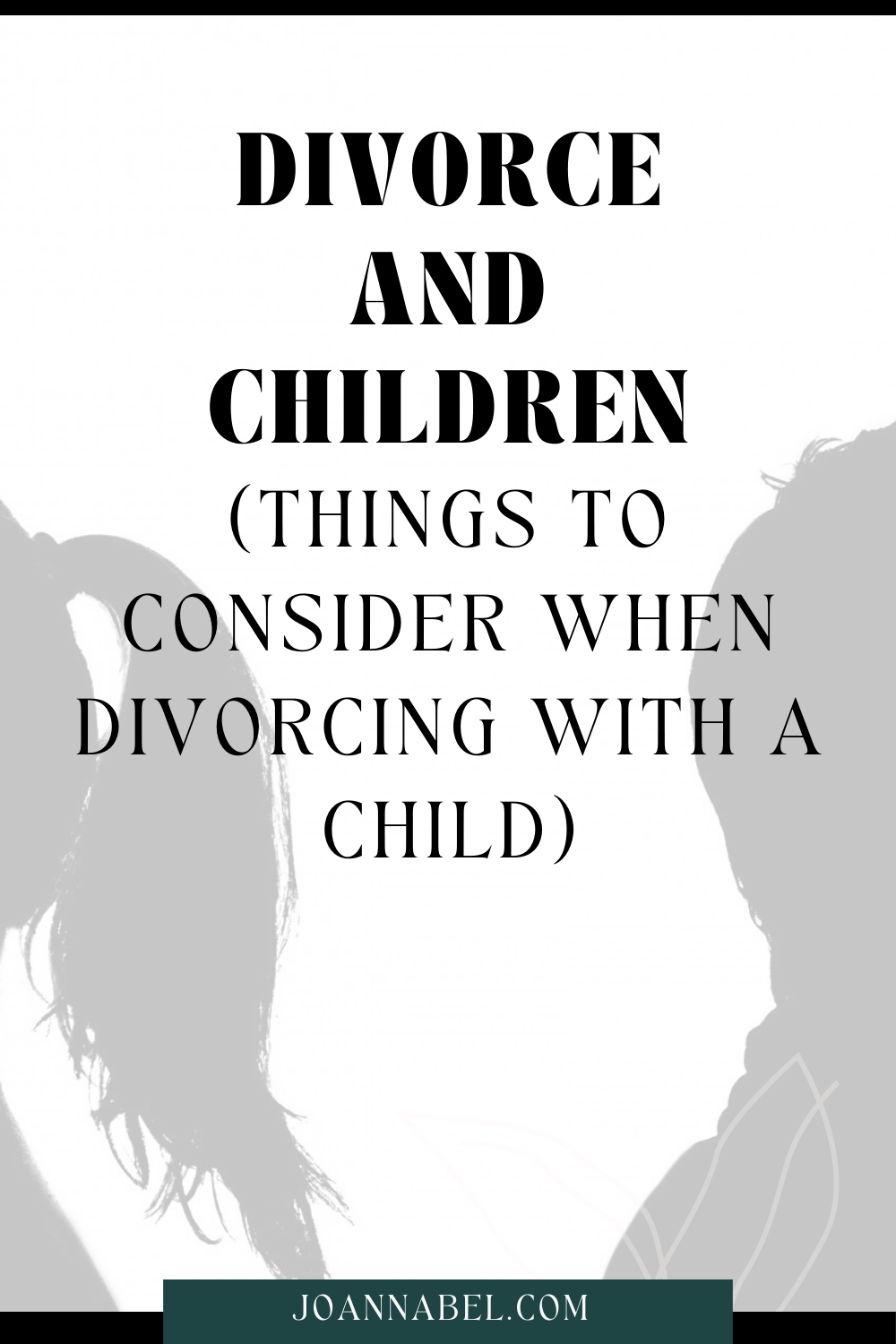
HOW TO TALK TO A CHILD ABOUT DIVORCE
When discussing divorce with your child, begin by explaining what divorce means in a way that matches their age and understanding. For young children (ages 3–6), you might say, “Mom and Dad will live in different houses, but we both love you.” For school-aged kids, explain that although you’re no longer married, both parents will continue to care for them, and for teenagers, be prepared to address more complex questions about daily changes while emphasizing that stability remains.
Provide clear details about changes such as living arrangements and visitation schedules to help reduce anxiety, and keep the conversation respectful by avoiding negative comments about the other parent or asking your child to choose sides.
Validate their feelings, encourage open questions, and if domestic violence is involved, explain safety measures and legal protections appropriately. This balanced, transparent approach helps ensure your child feels secure and supported during this transition.
If you need more information on how to talk with your child about this major life event, read my post: HOW TO TALK TO YOUNG KIDS ABOUT DIVORCE (3 KEY TIPS).
WHAT IF A CHILD PREFERS ONE PARENT DURING OR AFTER DIVORCE
When a child shows a clear preference for one parent during or after a divorce, recognize that this choice reflects their current emotional needs rather than a judgment of your parenting.
Often, a child may gravitate toward the parent who offers more consistent care or a permissive, fun environment that feels immediately safe—even if that approach lacks the long-term structure essential for stability. As children develop, their needs shift: younger ones crave predictable routines and nurturing support, while older children seek independence and meaningful engagement.
Instead of taking this as a personal rejection, focus on maintaining open communication, providing steady emotional support, and creating a balanced co-parenting dynamic. This approach ensures that your child feels secure, heard, and genuinely loved regardless of temporary inclinations.
In some cases, external pressures like negative portrayals from one parent can further influence a child’s preference. This is never an invitation to put additional pressure on the child who is already hurting, but rather look for legal remedies or third party assistance such as mediation.
For more depth on this important topic, move to my post: DIVORCE: WHAT IF A CHILD PREFERS ONE PARENT (HOW TO RESPOND).
HOW TO MAKE DIVORCE EASIER FOR THE CHILD
To make divorce easier for the child, make sure to follow these guiding principles:
- Differentiate Intimate Partnership from Parenting Role: Acknowledge the emotional challenges of divorce and work on separating the roles of ex-partners as parents, emphasizing the importance of cooperation for the child’s benefit.
- Explain Divorce to Children: Clearly communicate the concept of divorce to children, using age-appropriate language. Avoid inappropriate discussions, blaming, or manipulation that could cause confusion or anxiety.
- Act in the Best Interest of the Child: Prioritize the child’s needs over parental interests, considering factors like living arrangements, continuity of contacts, developmental stage, and child participation in decision-making.
- Include Children in Decision-Making: Encourage children to express themselves and involve them in decisions related to living arrangements and custody, considering their age, maturity, and communication style.
- Avoid Assuming Children Share Your Views: Recognize that children may have different experiences and perceptions of the marriage. Avoid projecting your feelings onto them and set boundaries to manage their expectations during the divorce process.
- Take Care of Yourself: Emphasize self-care for parents, recognizing that taking care of oneself is crucial for providing support to children. Establish routines, seek support when needed, and set a positive example for handling stress and adversity.
For more details read my post HOW TO MAKE DIVORCE EASIER FOR THE CHILD – 6 NON-NEGOTIABLES.
HOW TO DIVORCE WITHOUT HURTING YOUR CHILD
I know that you’re interested in understanding how you can divorce without hurting your child so I’ve included a few non-negotiables for you:
- Open and Honest Communication with Your Child:
- Why: Balancing the child’s need for control and predictability while not burdening them with unnecessary details fosters a healthy understanding of the divorce process.
- Separation of Personal Emotions and Co-Parenting Role:
- Why: Recognizing that harming the other parent indirectly harms the child emphasizes the importance of effective communication and collaboration for the child’s well-being.
- Acknowledging and Addressing Emotions:
- Why: Acknowledging both your and your child’s emotional needs during divorce helps maintain a stable family environment and prevents unintentional harm.
- Legal Awareness and Protection of Rights:
- Why: Being informed about legal rights during divorce is crucial to prevent violations and ensure the protection of both your and your child’s rights.
- Child Participation in Decision-Making:
- Why: Enabling child participation, considering their age and maturity, ensures their voice is heard in decisions that impact their life directly or indirectly.
- Prioritizing Relationship and Life Organization:
- Why: Focusing on the relationship with your child, addressing emotional needs, and organizing life post-divorce contribute to stability, providing the child with the necessary structure and support.
I’ve expanded on this in my post: HOW TO DIVORCE WITHOUT HURTING YOUR CHILD (6 CRUCIAL PRINCIPLES TO FOLLOW.
Don’t go before getting my FREE 3-day mini crash course 5 Steps To Ensure Your Child Feels Safe And Protected During A DIVORCE . Use it to support them with adjusting now so that they can thrive later. Click below to sign up:
5 STEPS To Ensure Your Child Feels Safe During A DIVORCE (adjusting now to thrive later)
Latest Posts:
- AUTHORITARIAN VS. AUTHORITATIVE VS. PERMISSIVE PARENTING STYLE

- Reconnect With Your Teen: 5 Fun Bonding Activities

- Staying Connected With Your Child While They Study Abroad

- How To Help Your Child Get Engaged With School

- How To Divvy Up Rooms After Moving to a New House

- Ways To Help Your Child Mentally Prepare for a Move

FINAL THOUGHTS ON DIVORCE AND CHILDREN
Divorce is undoubtedly complex, particularly when children are part of the equation.
This post has aimed to shed light on the multifaceted considerations involved when it comes to children and divorce. By understanding the unique challenges and focusing on key aspects such as clear communication, stability, and security, parents can navigate this emotional terrain with greater sensitivity.
It’s crucial to remember that the decisions made during divorce reverberate in the lives of children. By prioritizing their well-being, involving them in appropriate decision-making, and fostering an environment of stability, parents can contribute to their children’s resilience in the face of change.
I hope this helped and I’ll see you in my next post! Here’s one:

Note: Although I am a Clinical Social Worker, engaging with this website does not establish a professional social worker-client relationship. The information provided here is for general purposes only and should not be considered professional advice. While we strive to ensure accuracy and reliability, this content is not a substitute for professional guidance. For specific concerns, issues, or situations, it is essential to consult a qualified professional and present your situation. Read the full Disclaimer here.
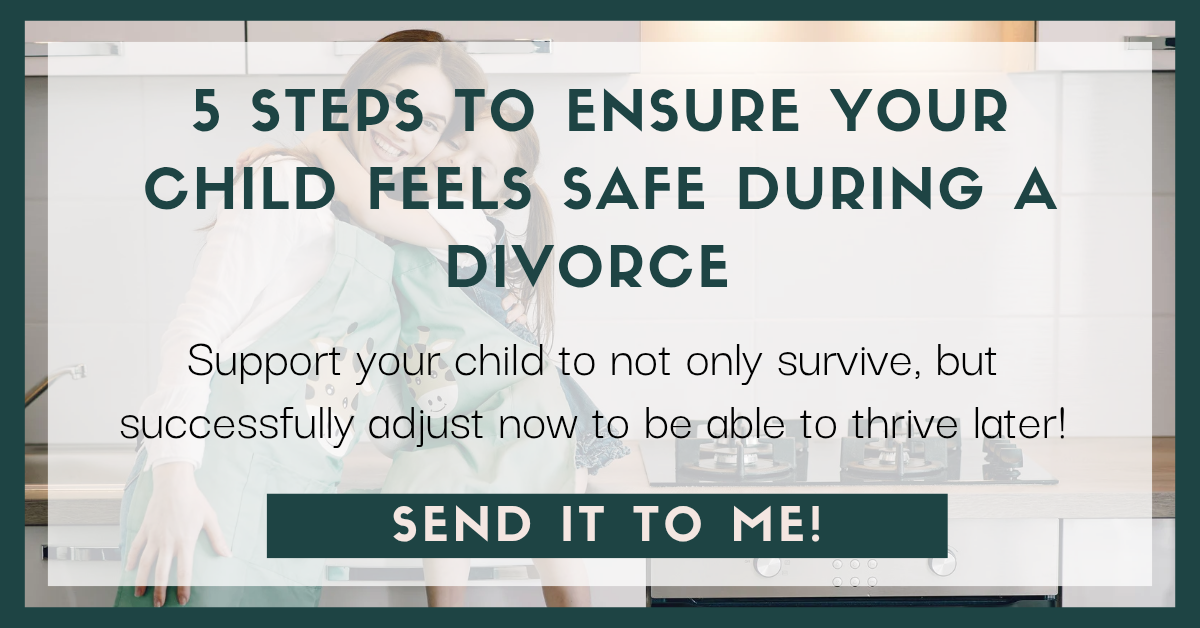
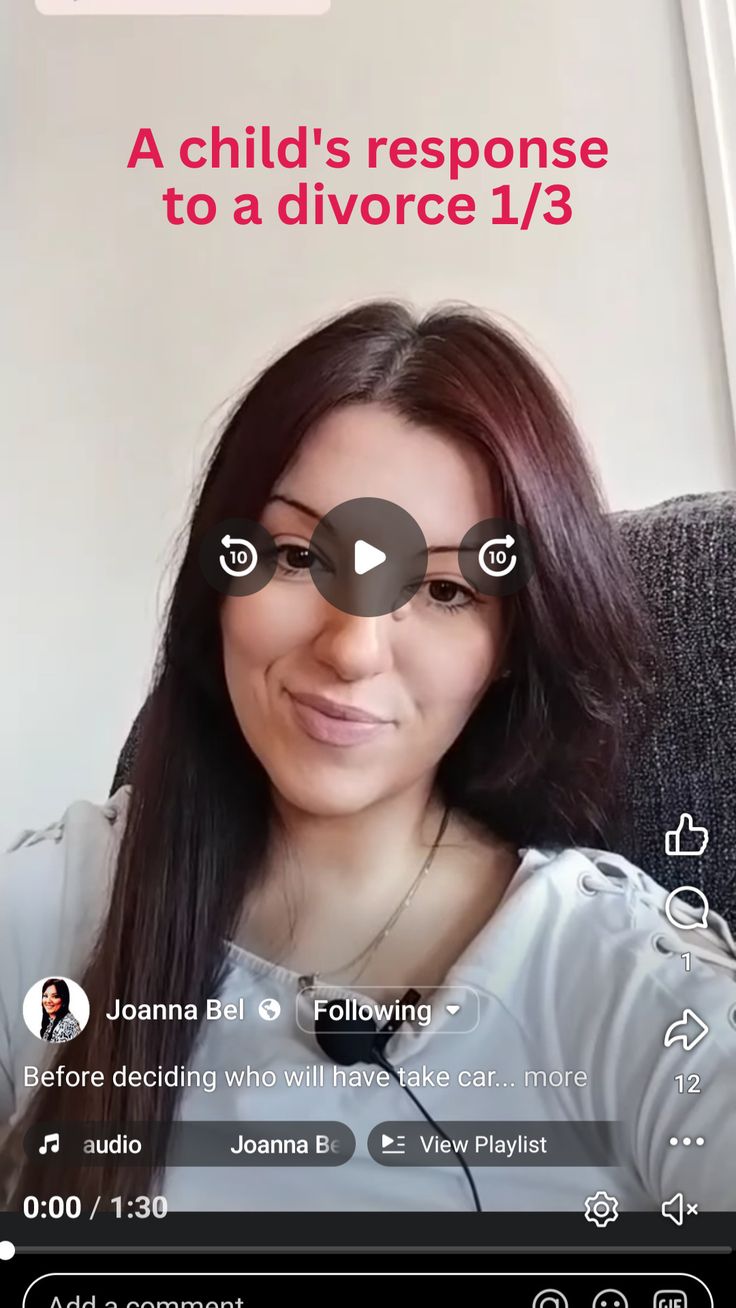
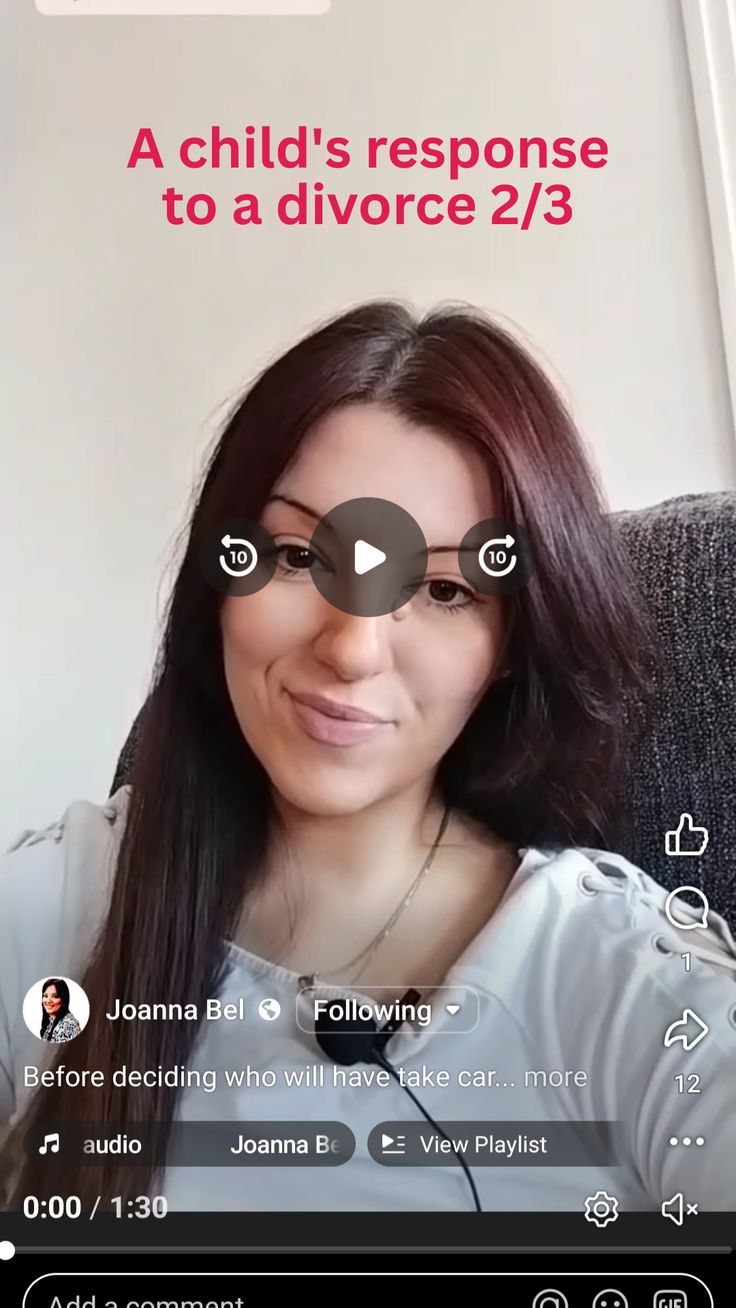
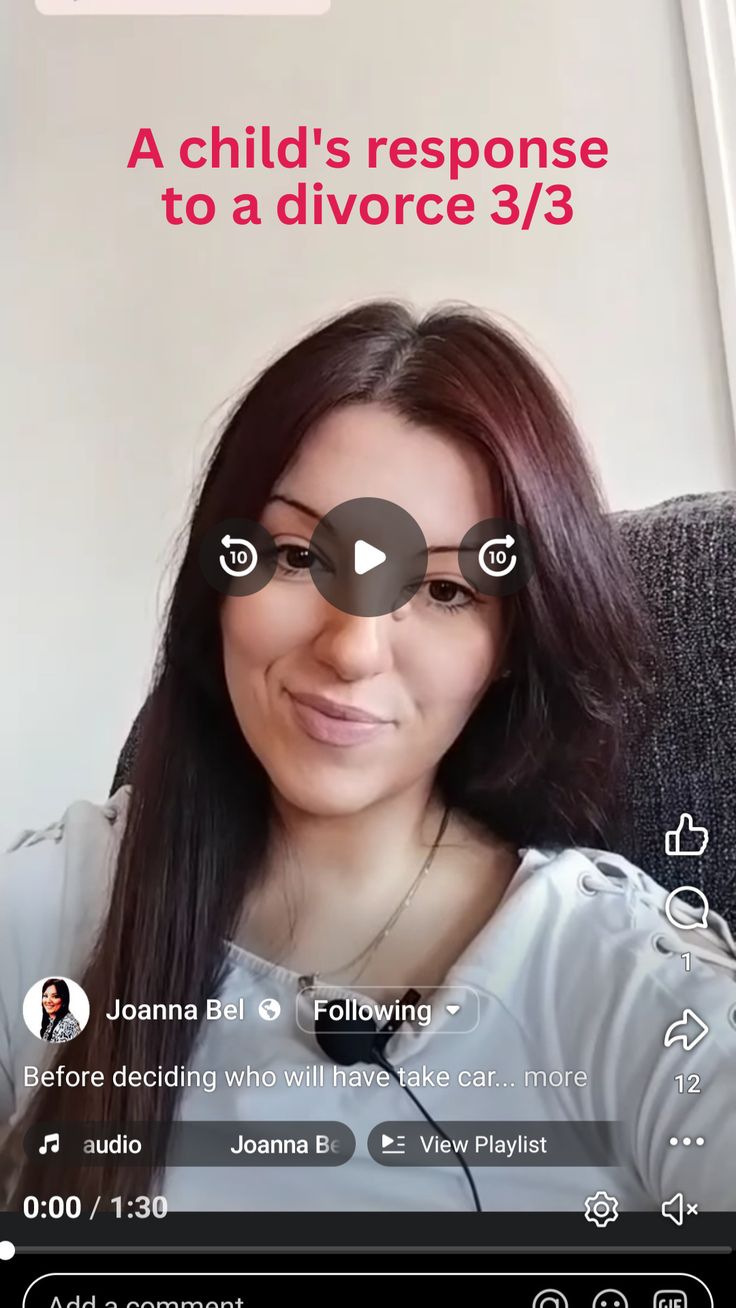
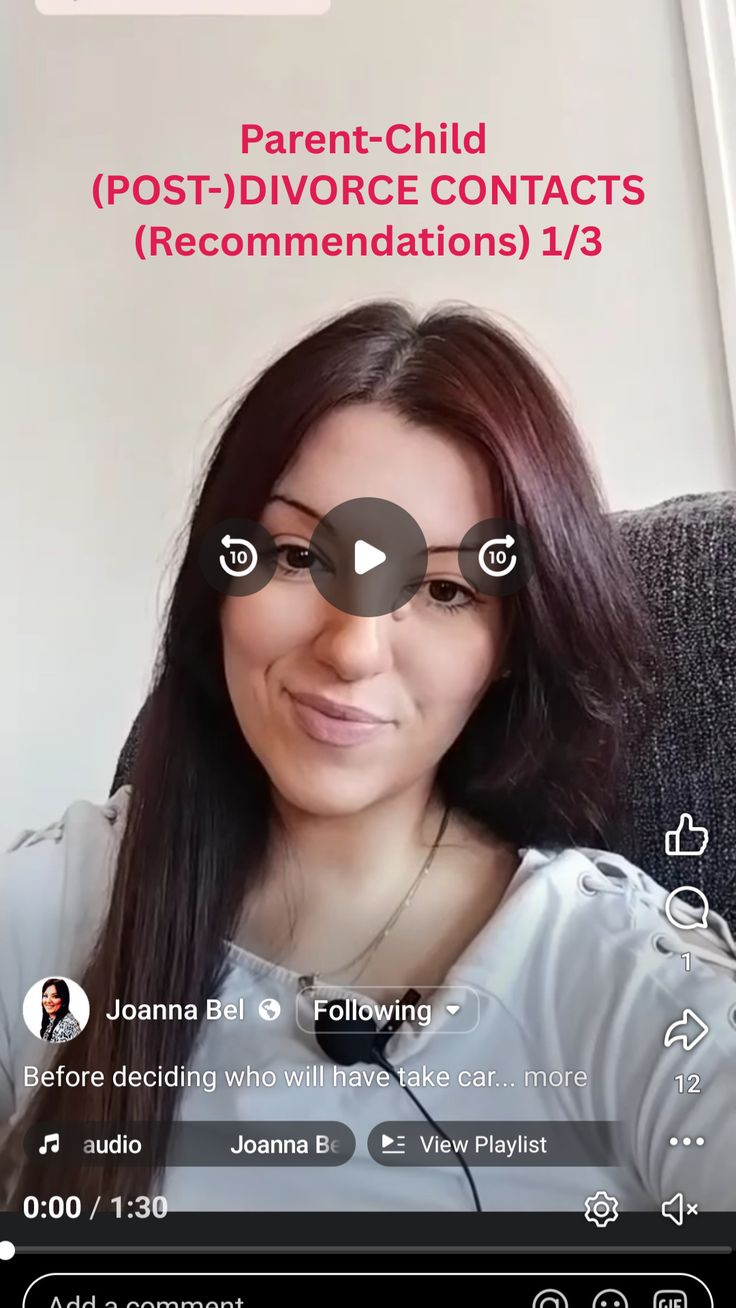
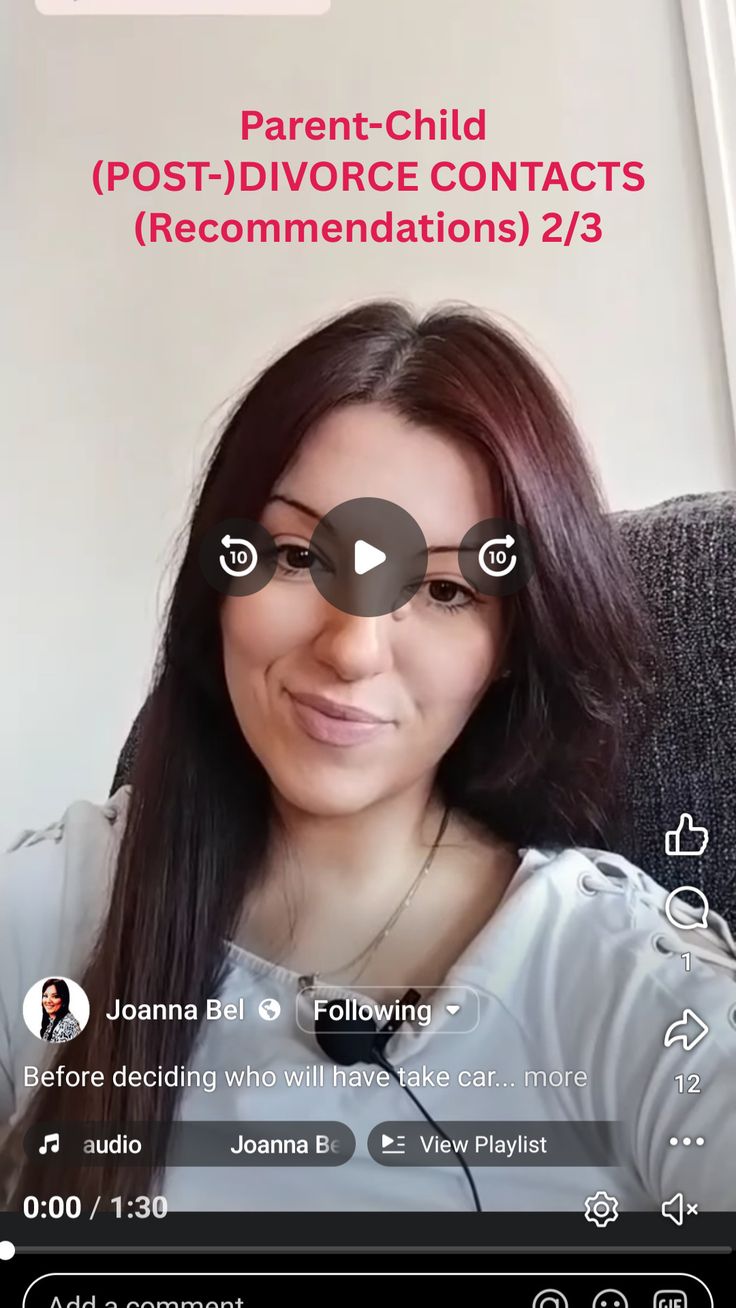
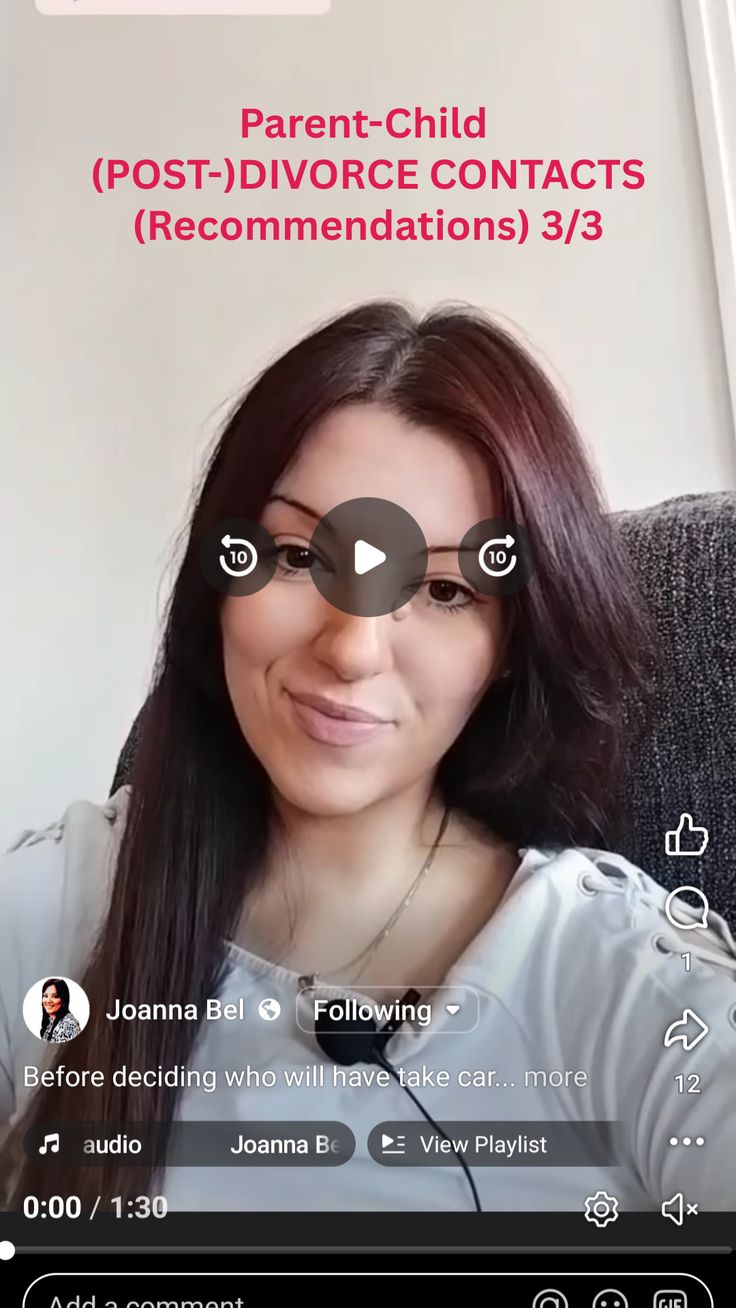
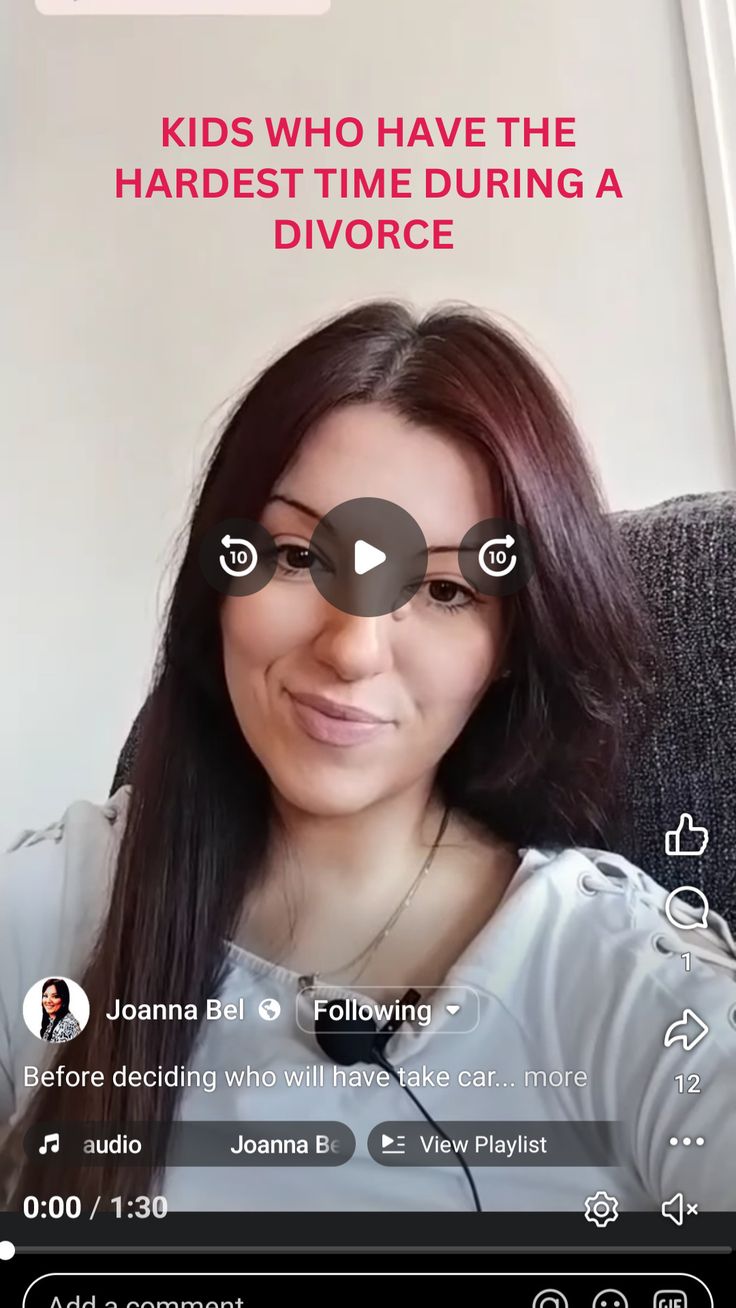
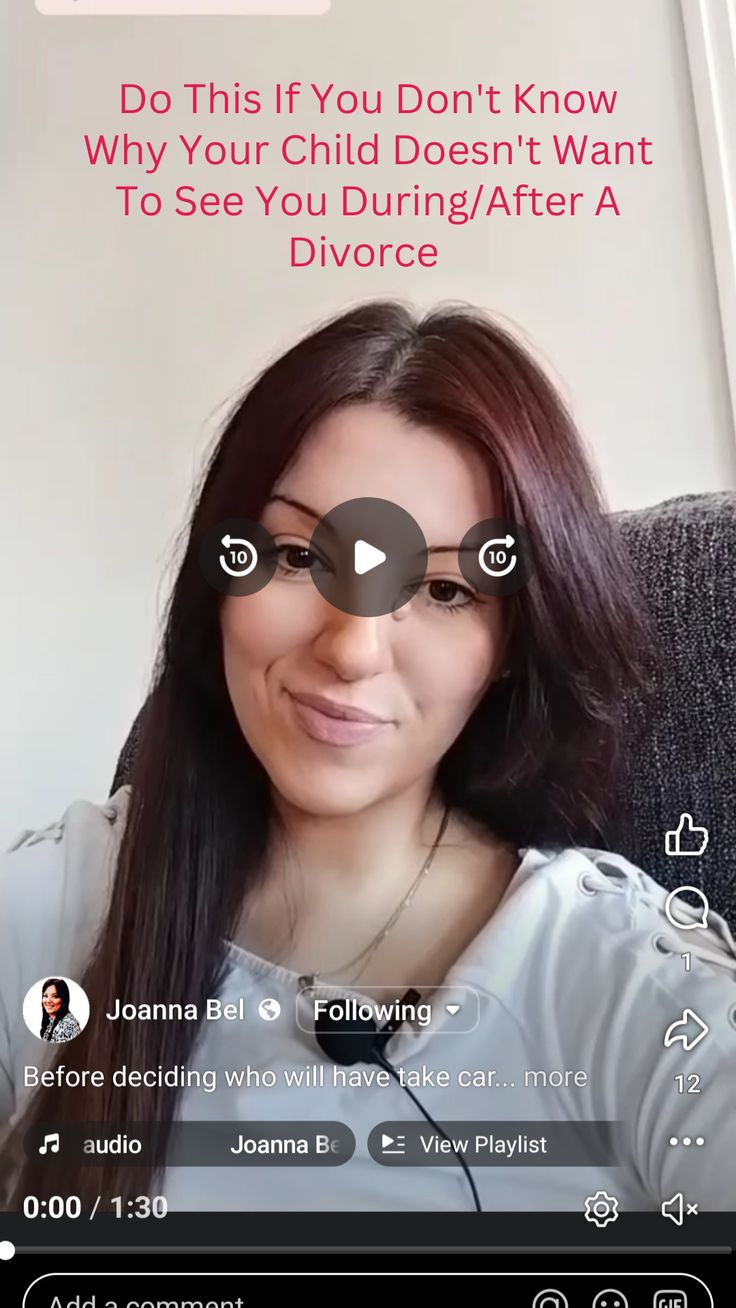




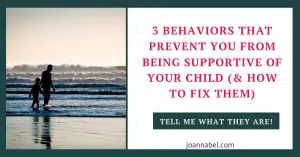

Leave a Reply